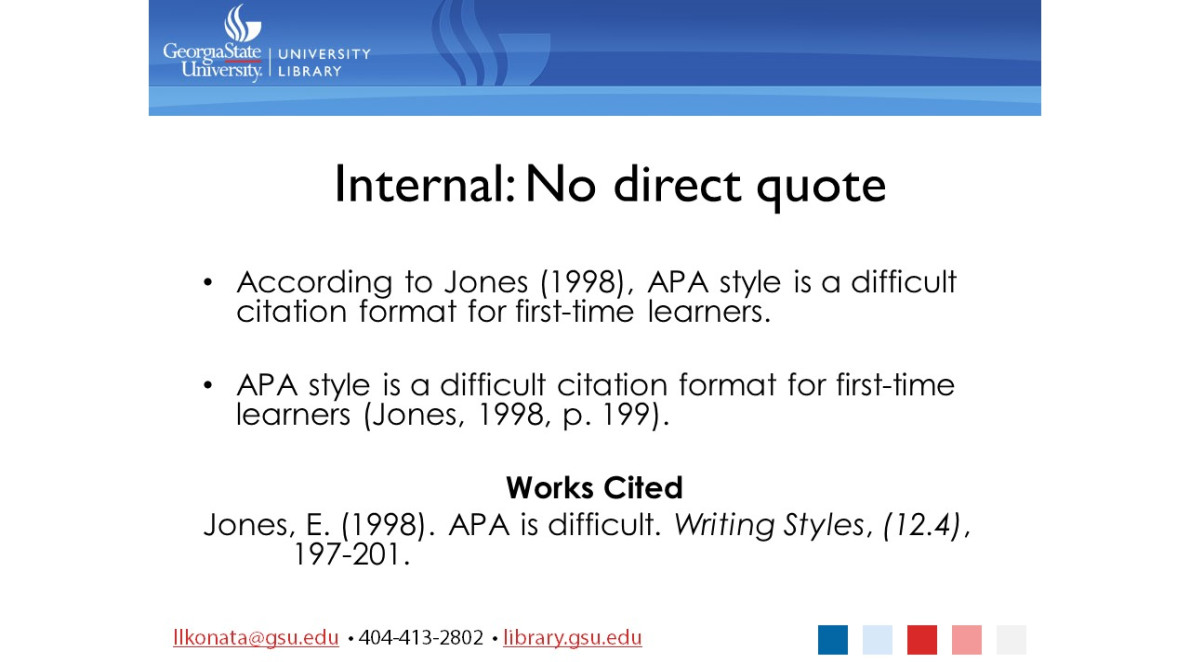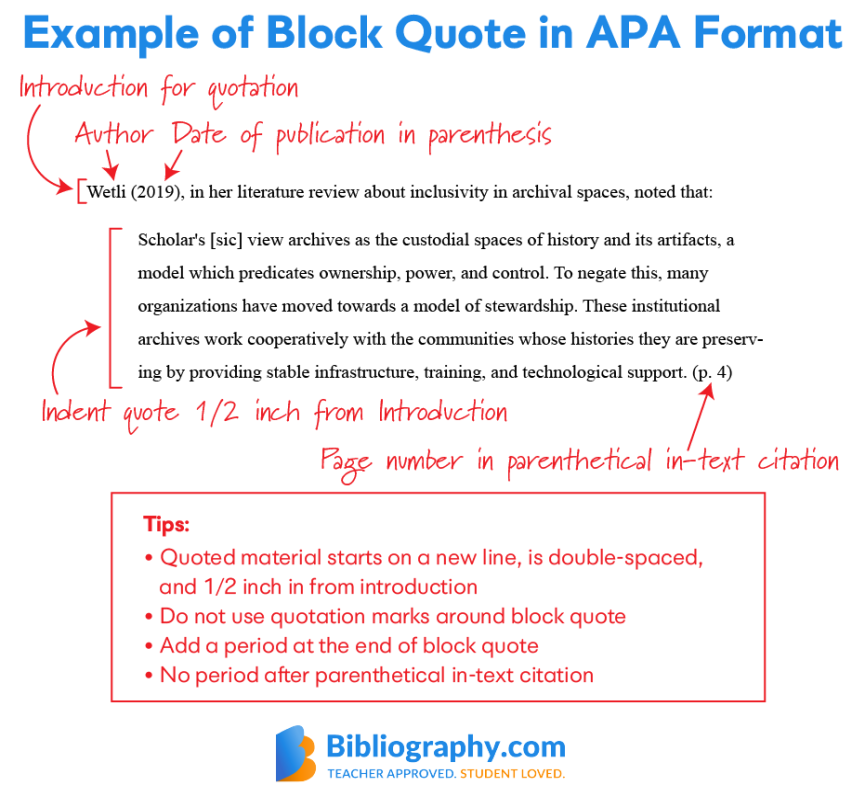In-Text Citation APA Example: Direct Quote
What do you mean by in-text citation APA example for a direct quote?
In-text citation is an essential element of academic writing that helps you give credit to the original sources you have used in your work. When incorporating a direct quote into your paper, you need to provide a brief citation immediately after the quote to acknowledge the author and the source. The American Psychological Association (APA) style is widely used for citation in social sciences and other disciplines.

How to use in-text citation for a direct quote in APA style?
When adding a direct quote in your text, follow these guidelines:

Include the author’s last name and the publication year of the source in parentheses. For example, (Smith, 2019).
Place the page number where the quote appears after the publication year, preceded by p. or pp. For example, (Smith, 2019, p. 45).
Make sure the in-text citation appears immediately after the quote, before any punctuation.
What is known about in-text citation APA example for a direct quote?
In-text citation for direct quotes in APA style is meant to provide the reader with enough information to locate the original source in the reference list. It helps to avoid plagiarism and gives credit to the original author for their work. Following the APA guidelines for in-text citation ensures that your academic writing meets the required standards of citation.
Solution: How to format an in-text citation APA example for a direct quote?
Let’s consider an example to understand the correct format of an in-text citation for a direct quote in APA style:
According to Smith (2019), The findings suggest that sleep deprivation can have a significant impact on cognitive performance (p. 45).
In this example:
The author’s last name is Smith.
The publication year is 2019.
The direct quote is surrounded by quotation marks.
The page number where the quote can be found is 45.
The in-text citation is placed immediately after the closing quotation marks and appears in parentheses.
FAQs (Frequently Asked Questions)
1. Do I always need an in-text citation for a direct quote in APA style?
Yes, whenever you use a direct quote from a source, you must provide an in-text citation in APA style. This applies to both print and online sources.
2. Can I use the author’s first name in the in-text citation?
According to APA guidelines, you should use only the author’s last name in the in-text citation, unless there are multiple authors with the same last name, in which case you can include their initials as well.
3. Do I need to include the page number if the quote is from an online source?
If the online source has page numbers, such as a PDF document or an e-book, you should include the page number in the in-text citation. If there are no page numbers, you can use paragraph numbers or section headings to indicate the location of the quote.
4. What should I do if there is no publication date available?
If there is no publication date available for the source you are citing, you can use n.d. (meaning no date) instead of the year in the in-text citation.
5. Is it necessary to include the publication year in every in-text citation?
Yes, providing the publication year in every in-text citation helps the reader identify the specific version of the source you are referring to. It also shows that the information is current and supports the credibility of your work.
Conclusion
In-text citation is a crucial component of academic writing in APA style, particularly when using direct quotes. By following the established guidelines, you can ensure that your citations are accurate, consistent, and allow readers to locate the original sources easily. Properly citing your sources demonstrates your integrity as a researcher and supports the credibility of your work.